17 Things Americans Quietly Stopped Talking About After The 2000s
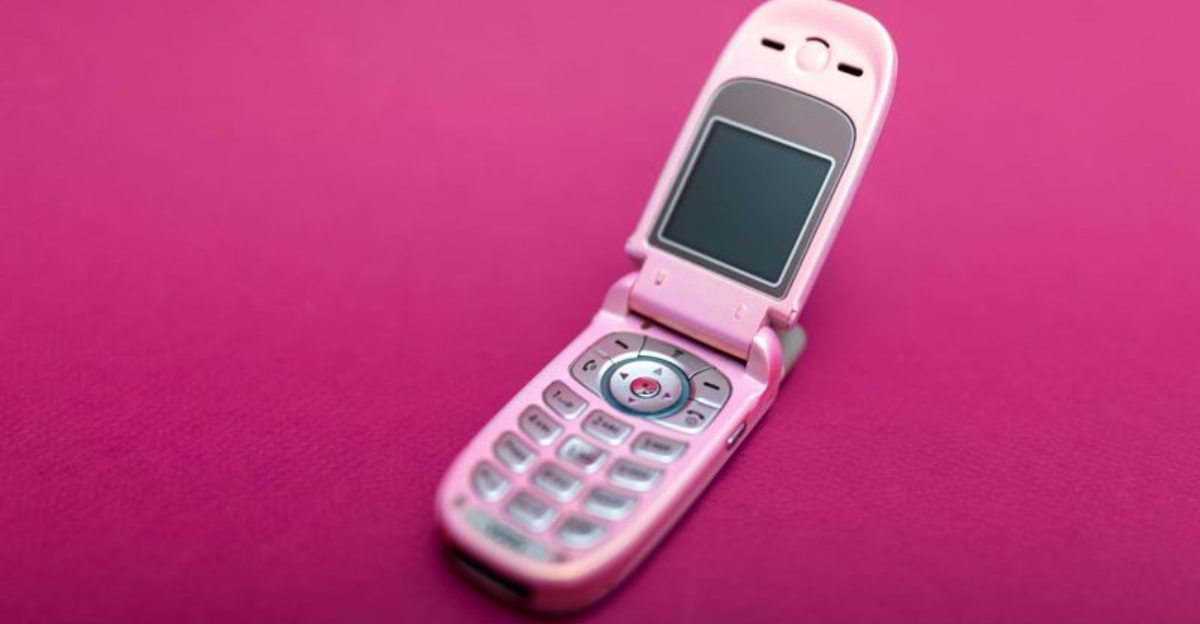
Remember the early 2000s? What a wild time! I was just starting high school when Y2K fears fizzled out and flip phones were the ultimate status symbol.
Back then, we burned mix CDs, obsessed over AIM away messages, and waited patiently for dial-up to connect us to the world. Cargo pants were in, reality TV was just taking off, and everyone seemed to have a Tamagotchi or a Nokia brick phone in their pocket.
It’s amazing how many things that once felt essential have completely faded from daily life—like chain emails warning of bad luck, or the thrill of getting a new ringtone. Even Blockbuster nights and MySpace profiles are now just charming relics of a not-so-distant past.
Let’s take a nostalgic trip back to rediscover the pop culture, tech quirks, and everyday moments we’ve collectively left behind—but that still hold a special place in our memories.
1. Public Payphones: Once Essential, Now Extinct
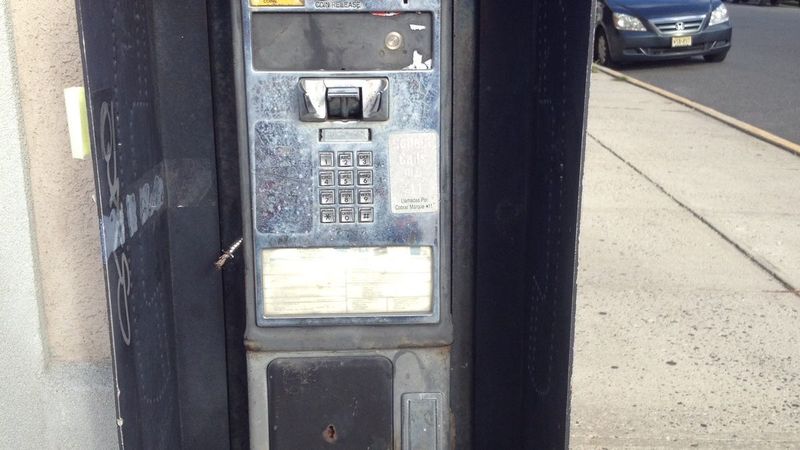
Last week, I walked past a spot where a payphone used to stand on my childhood street corner. Now there’s just a faded rectangle on the sidewalk. Remember frantically searching for quarters when your cell died? Or the sticky handset you’d hold slightly away from your ear?
Payphones were lifelines before mobile phones took over. They stood sentinel in malls, street corners, and gas stations, ready for emergency calls or check-ins with parents. The familiar jingle of coins dropping and that unmistakable dial tone were part of America’s soundtrack.
Superman had his iconic phone booth transformations, and teenagers had secret meeting spots at the mall payphone. With 95% of Americans now owning cell phones, these communication relics have quietly disappeared, taking with them collect calls, phone cards, and the thrill of finding enough change to make that important call.
2. Acid Rain Panic: The Environmental Crisis We Forgot

Growing up in Pennsylvania during the 90s, I remember my science teacher dramatically warning us about acid rain destroying forests and lakes. We did experiments with pH strips and worried about going outside during rainstorms. Then suddenly, everyone stopped talking about it.
Acid rain formed when sulfur dioxide and nitrogen oxides released from power plants and factories mixed with atmospheric moisture. It devastated ecosystems, corroded buildings, and became the poster child for environmental catastrophe. Scientists predicted doom for Northeast forests and Appalachian lakes.
Thanks to amendments to the Clean Air Act in 1990, emissions dramatically decreased. By the mid-2000s, acid rain levels had fallen by 65% nationwide. While the problem hasn’t completely vanished, our collective attention shifted to climate change and other environmental concerns, leaving acid rain as a forgotten chapter in America’s environmental history.
3. Handwritten Thank-You Notes: The Lost Art of Gratitude
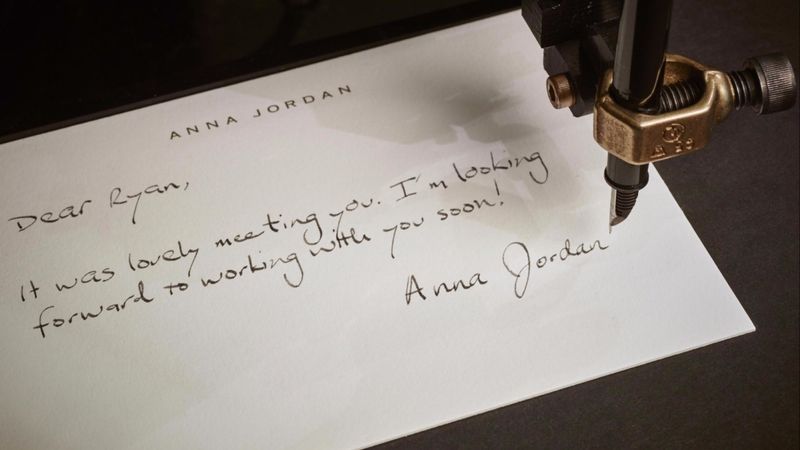
My grandmother would sit me down after every birthday and Christmas, placing crisp stationery before me with a list of who gave what. “People need to know their gifts were appreciated,” she’d insist. I’d groan but dutifully write each note.
Thank-you cards were once non-negotiable social etiquette. After job interviews, weddings, baby showers, or receiving gifts, Americans would purchase elegant cards, compose thoughtful messages, and mail them promptly. Etiquette experts considered them essential for maintaining social relationships and demonstrating proper manners.
Digital alternatives gradually replaced this tradition. Text messages, emails, and social media comments became acceptable substitutes. The immediacy of digital communication won out over the delayed gratification of postal mail. Though some traditionalists still insist on paper notes for formal occasions, the majority of Americans have abandoned this practice, leaving handwritten gratitude as a charming relic of more formal times.
4. Physical Buttons: When Gadgets Had Tactile Satisfaction
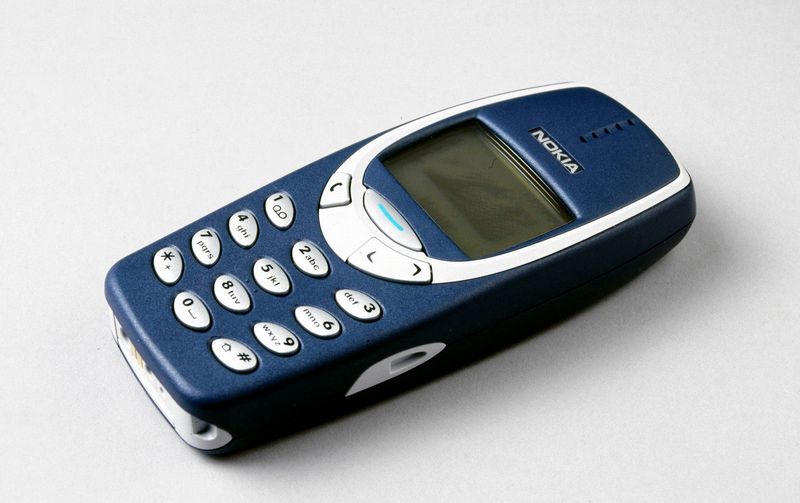
Clickity-clack! Nothing beats the satisfaction of hammering the buttons on my old Walkman. Last year, I found it in my parents’ attic and was instantly transported back to simpler times when devices had actual buttons you could feel.
Before the iPhone revolution, our lives were filled with tactile interactions. Car dashboards featured knobs you could adjust without looking. Microwaves had springy buttons that clicked when pressed. Even our Nokia phones had those delightful keypads that made texting a physical experience.
The smooth glass surfaces of touchscreens have eliminated this sensory feedback from our daily lives. While sleeker and more versatile, touch interfaces lack the intuitive feel and muscle memory of physical controls. Though some premium products now advertise the return of physical buttons as luxury features, most Americans have forgotten the simple pleasure of pressing an actual button and hearing that satisfying click as reward for their action.
5. TaB Cola: The Original Diet Drink That Fizzled Out
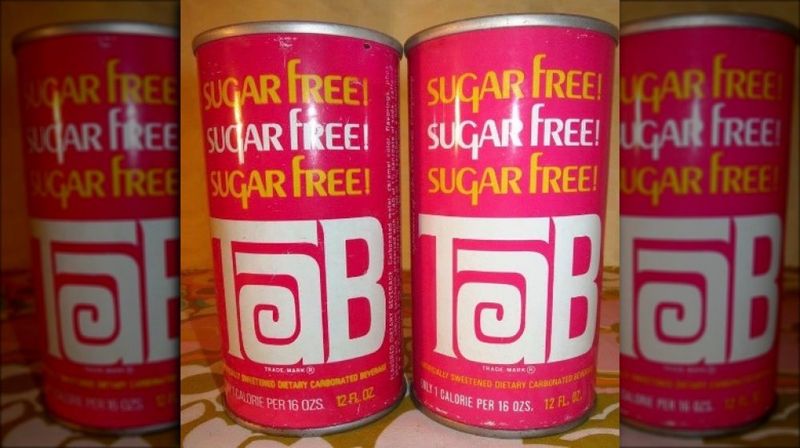
My mom drank TaB religiously throughout the 80s and 90s. That distinctive pink can was always in our fridge, and she’d slap my hand away if I tried to sneak a sip of her precious diet soda. “This is mama’s special drink,” she’d say with a wink.
Launched in 1963 as Coca-Cola’s first diet soda, TaB developed a cult following among calorie-conscious Americans. Its saccharin-based formula gave it a unique taste that devotees swore by, despite (or perhaps because of) its slightly metallic aftertaste. For decades, it represented diet culture and became a symbol of the working woman in the 1970s and 80s.
As newer diet options like Diet Coke and Coke Zero gained popularity, TaB’s market share dwindled. Coca-Cola finally discontinued it in 2020, citing pandemic-related product streamlining. Though a small group of passionate fans protested its demise, most Americans had long since forgotten this pioneering diet beverage that once defined a generation.
6. Planking: The Internet Craze That Fell Flat
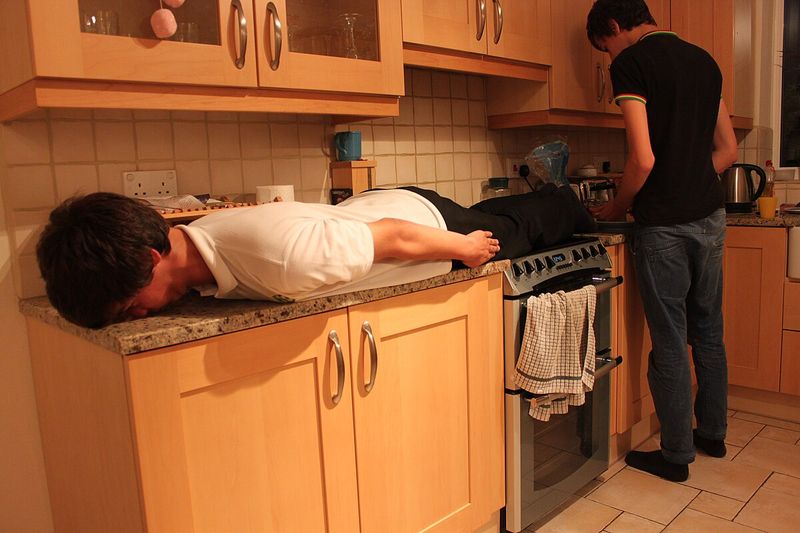
I’ll never forget convincing my college roommates to plank across the campus fountain for an epic photo. We got soaked, got detention, and got thousands of likes on Facebook. The things we did for internet fame in 2011!
Planking – the bizarre trend of lying face-down, stiff as a board, in unusual locations – swept America like wildfire. People planked on cars, railings, monuments, and even dangerous places like balcony ledges. The more creative or risky the location, the more social cred you earned when posting your planking photos online.
The fad peaked in 2011 and vanished almost as quickly as it appeared. Tragically, several deaths occurred as people attempted increasingly dangerous planks. Other internet challenges like the Ice Bucket Challenge and the Harlem Shake quickly replaced it in the cultural conversation. Today, planking only lives on as an exercise position at the gym, with few remembering the strange summer when Americans couldn’t stop lying face-down on things.
7. Phone Calls: When We Actually Spoke to Each Other
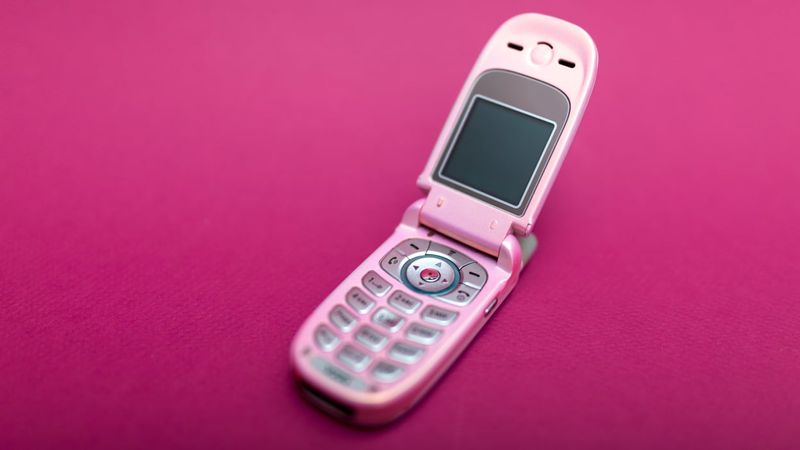
My first cell phone plan had 450 minutes, and I’d regularly exceed them chatting with friends after school. The horror of my dad opening that bill still haunts me! Now I get anxiety if my phone actually rings – who calls people anymore?
Phone conversations were once the primary way Americans connected remotely. We memorized our friends’ numbers, spent hours with the cord stretched to find privacy, and developed elaborate codes for when to call. The ritual of dialing and waiting through rings created anticipation that texting can’t replicate.
The shift happened gradually as texting became unlimited on phone plans. Millennials led the charge away from calls, preferring the efficiency and low-pressure nature of text communication. By the late 2000s, voicemail was already considered annoying by younger Americans. Studies now show that Gen Z sees phone calls as intrusive and anxiety-inducing, reserved only for emergencies or talking to older relatives who haven’t embraced texting.
8. Red-Eye in Photos: The Demonic Portrait Problem

Family photo sessions in the 90s were a nightmare. “One more try – Bobby blinked and Sarah has red eyes again!” Mom would wail as we forced our smiles for the fifteenth time. Looking through old photo albums now, half my childhood photos make me look like I’m possessed.
Red-eye – that eerie glow that made everyone look slightly demonic in flash photography – was once an unavoidable part of capturing memories. The phenomenon occurred when camera flashes reflected off the blood vessels in our retinas. Family photos, school pictures, and vacation snapshots were regularly ruined by this creepy effect.
Digital camera technology gradually solved this problem with pre-flashes and red-eye reduction modes. Smartphone cameras now automatically correct the issue, and photo editing apps can fix any remaining instances with a single tap. Modern kids will never know the disappointment of waiting weeks for film development only to discover everyone looks like mini-demons, or the tedious process of ordering reprints to correct these devilish portraits.
9. Flash Mobs: Spontaneous Spectacles That Vanished
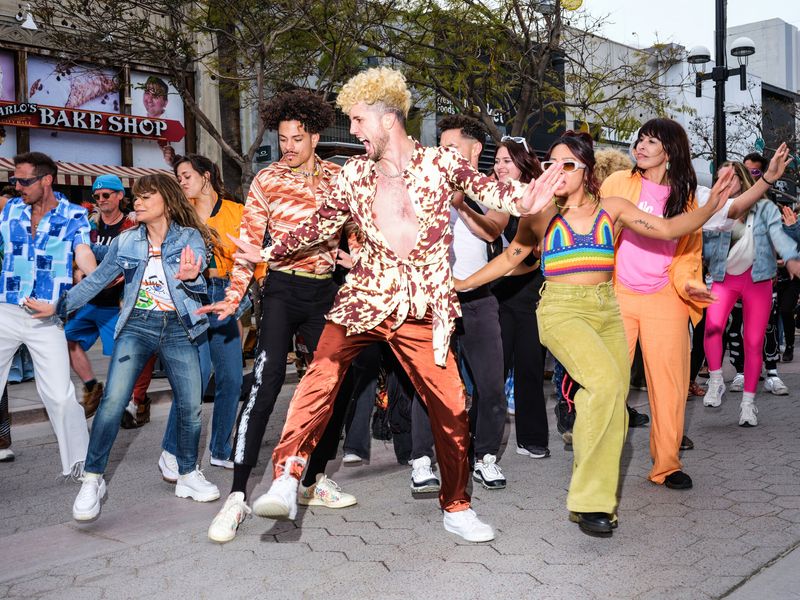
I participated in a flash mob at Grand Central Station in 2009. For three minutes, hundreds of us froze in place while confused commuters navigated around our stationary bodies. The rush of being part of something so bizarre and unexpected was electric!
Flash mobs emerged in the early 2000s as a form of performance art and social experiment. Organized secretly online, participants would converge at public locations to perform synchronized dances, freeze in place, or engage in other unexpected behaviors before quickly dispersing. These events transformed ordinary spaces into temporary spectacles, delighting unsuspecting bystanders.
The phenomenon peaked around 2011 when corporations began co-opting flash mobs for marketing purposes. As they became commercialized and lost their spontaneous appeal, public interest waned. Social media also evolved, offering new platforms for viral content that didn’t require physical coordination. While occasional flash mobs still occur, they’ve lost their cultural impact and novelty, becoming just another forgotten internet-inspired trend from the early smartphone era.
10. VCRs and the Friday Night Blockbuster Run
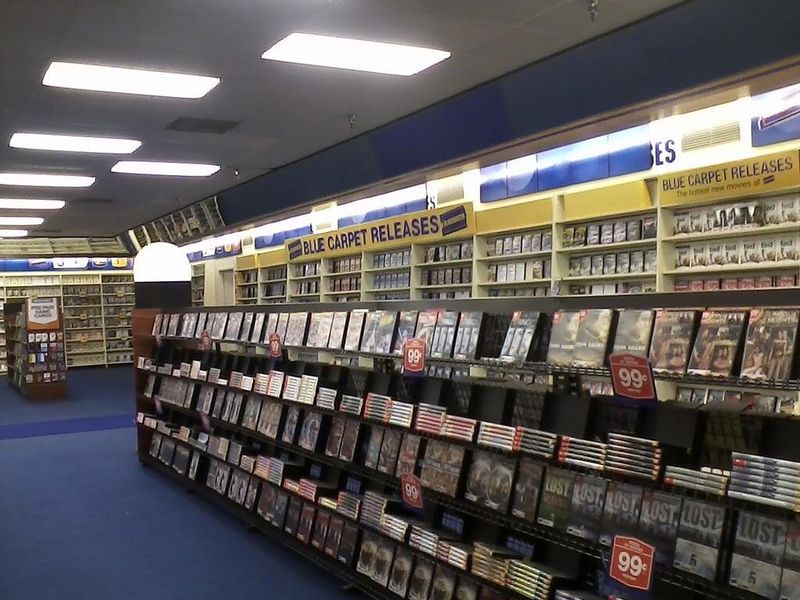
Friday nights in my house meant one thing: dad racing to Blockbuster before closing to grab new releases before they were all gone. I can still smell the popcorn and plastic VHS cases, and feel the frustration when someone forgot to rewind a tape.
The VCR (Video Cassette Recorder) was once the centerpiece of American home entertainment. Families invested in these devices to time-shift TV shows and rent movies, creating new rituals around home viewing. Video rental stores popped up in every neighborhood, offering rows of plastic-encased entertainment possibilities.
DVDs began the slow death of VHS in the late 90s, offering superior picture quality and no rewinding. By the mid-2000s, VCRs were rapidly disappearing from homes. The final nail in the coffin came when streaming services eliminated the need for physical media entirely. The last major film released on VHS was “A History of Violence” in 2006, quietly ending an era when “Be Kind, Rewind” was part of our national vocabulary.
11. Analog TV: When Stations Actually Signed Off at Night
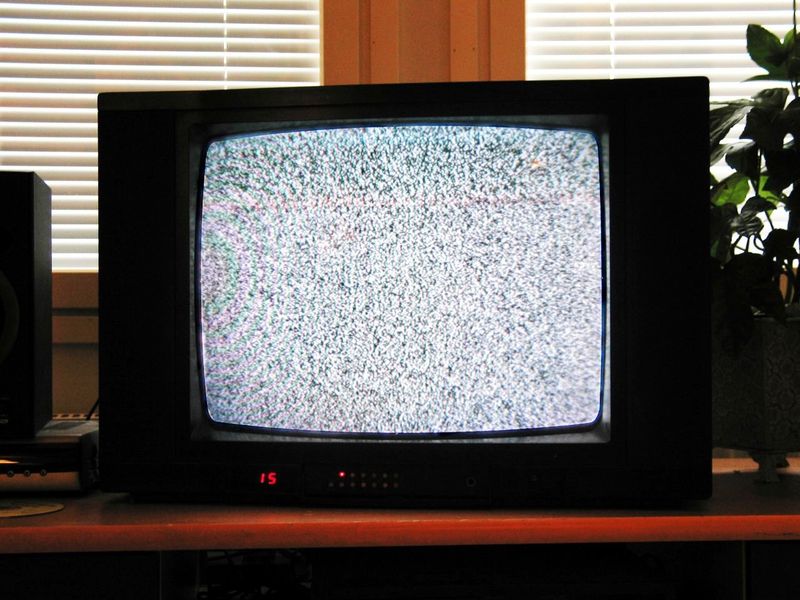
As a kid, I’d sometimes wake up at 3 AM to find nothing but static on TV. That hissing snow-filled screen was oddly comforting – a reminder that the world actually stopped sometimes. I’d adjust the rabbit ears for hours trying to catch late-night reruns through the fuzzy reception.
Analog television shaped American culture for decades. The limited channel selection meant shared national experiences when hit shows aired. Technical quirks became part of the viewing experience – adjusting antennas, dealing with rolling pictures during storms, and the distinctive static between channels.
The government-mandated digital television transition in 2009 abruptly ended this era. Older TVs required conversion boxes or replacement, and the familiar static was replaced with blue screens or error messages. The rich sensory experience of analog TV – its sounds, imperfections, and tactile adjustments – vanished overnight. While offering clearer pictures and more channels, digital TV eliminated the shared technical language and experiences that once united American viewers across generations.
12. Landline Phones: When Homes Had Just One Number

Our kitchen phone was the command center of our household. That beige wall-mounted monster with its impossibly tangled cord witnessed teenage heartbreaks, birthday plans, and my mom yelling at me to keep calls under 10 minutes. I knew all my friends’ numbers by heart.
Landlines were more than communication devices – they were family gathering points. The shared nature of home phones created unique social dynamics. Siblings fought over phone time, parents screened calls, and everyone recognized each household member’s distinctive ring pattern. The physicality of landlines meant conversations happened in fixed locations, often within earshot of family members.
Cell phones steadily eroded landline usage throughout the 2000s. By 2018, nearly 60% of American homes had abandoned landlines completely. The personal smartphone eliminated shared family communication, changing how households interact. Gone are phonebooks, busy signals, calling to “see if they’re home,” and the excitement of not knowing who was calling until you answered – small social rituals that once structured American domestic life.
13. Answering Machines: The Original Voice Inbox
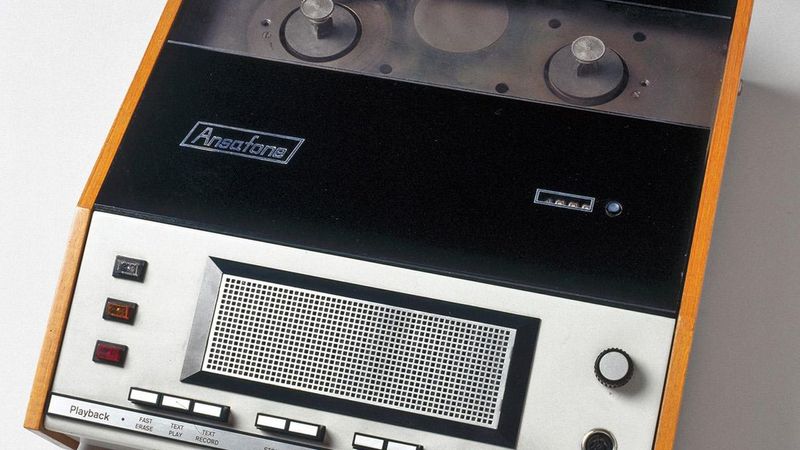
“You’ve reached the Johnsons. We can’t come to the phone right now…” My dad spent an entire Sunday recording and re-recording our family’s answering machine message until it was perfect. I was mortified by his cheesy joke at the end that all my friends had to endure.
Answering machines transformed telephone culture by ensuring no call went unanswered. These devices featured physical tapes that recorded callers’ messages, which families would play back together after returning home. The distinctive click and whirr of the machine activating became a universal sound in American households.
The personalized outgoing message became a form of self-expression and family identity. People crafted elaborate messages with music, multiple voices, or jokes. Checking messages became a household ritual, often performed with an audience.
14. Incandescent Light Bulbs: The Warm Glow We Left Behind
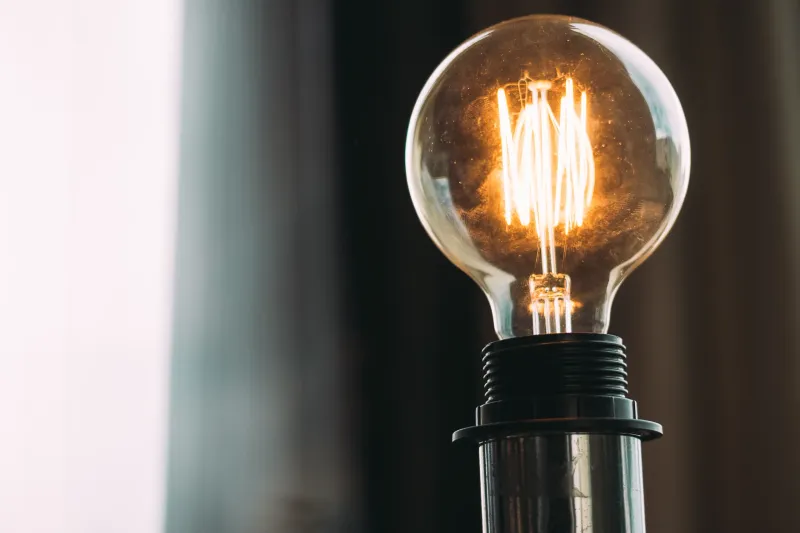
Grandma refused to switch to energy-efficient bulbs until her last breath. “They make everyone look sickly,” she’d complain. Last Christmas, I found a box of old incandescents in her attic and felt a strange nostalgia for that particular golden light that modern bulbs can’t quite replicate.
For over a century, Edison’s incandescent bulbs illuminated American homes with their distinctive warm glow. These glass orbs with glowing filaments were inefficient but beloved, converting only 10% of energy to light while the rest became heat. Their familiar shape and light quality became the very symbol of ideas and innovation.
Federal energy efficiency standards effectively phased out most incandescent bulbs between 2007 and 2014. Americans initially resisted the change, hoarding old bulbs and complaining about the harsh light of early CFLs. While LED technology has improved dramatically, something intangible was lost in the transition – that specific quality of light that made homes feel warm and faces look their best under the gentle glow of inefficient illumination.
15. Drive-In Theaters: Cinema Under the Stars
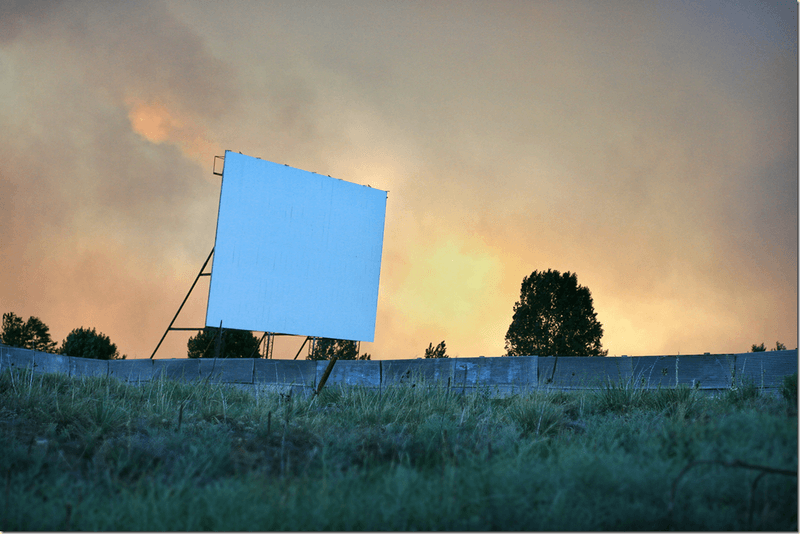
My first date was at the Starlight Drive-In outside town. We sat on the hood of my dad’s borrowed Buick, sharing popcorn and pretending to watch the movie. That crackling speaker hanging on the window provided more atmosphere than sound, but it was magical nonetheless.
Drive-in theaters represented a uniquely American blend of car culture and entertainment. At their peak in the 1950s and 60s, over 4,000 drive-ins dotted the landscape, offering affordable family entertainment and teenage dating venues.
Rising land values, the transition to daylight saving time (which delayed showings), and competition from multiplexes and home video steadily reduced their numbers. By the early 2000s, fewer than 400 remained nationwide. Though a handful of drive-ins experienced a brief resurgence during the COVID-19 pandemic, most Americans now live without access to this nostalgic form of cinema that once defined summer nights.
16. CD Listening Stations: The Record Store Experience
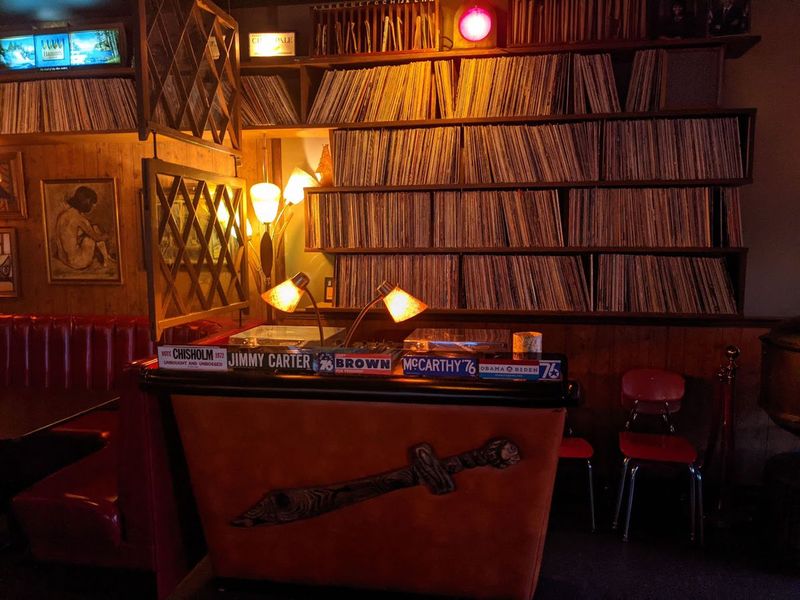
Saturdays meant one thing in high school: heading to Tower Records to discover new music. I’d spend hours with those bulky headphones clamped to my ears, sampling CDs before deciding which one was worth my lawn-mowing money. The thrill of finding a new favorite band can’t be matched by Spotify’s algorithms.
CD listening stations transformed how Americans discovered music in the 1990s and early 2000s. Record stores installed these interactive kiosks where customers could preview albums before purchasing. The physical experience of browsing, reading liner notes, and sampling tracks created a ritualistic approach to music consumption that built anticipation and investment.
The rise of digital music stores like iTunes, followed by streaming services, eliminated this shared public experience. As major record store chains like Tower Records and Sam Goody disappeared from malls and shopping centers, so did these communal listening posts.
17. Floppy Disks: Portable Storage That Wasn’t Very Portable
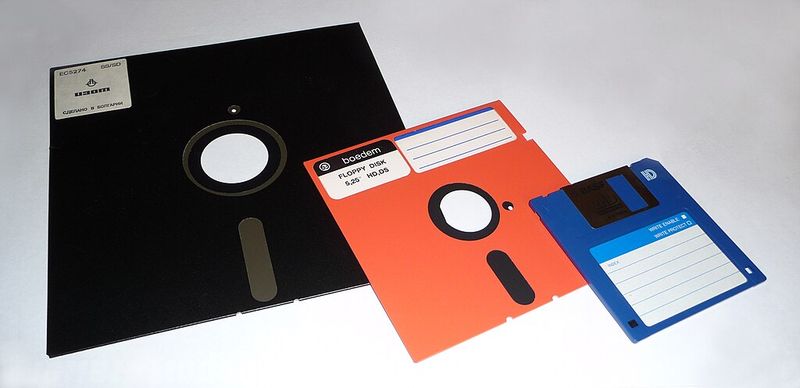
I nearly failed English my sophomore year when my floppy disk corrupted the night before my term paper was due. Twenty pages gone in an instant! I still have stress dreams about that horrifying grinding noise the disk drive made when something went wrong.
Floppy disks were the primary method of data transfer and storage throughout the 1980s and 90s. Despite their name, the 3.5-inch disks weren’t actually floppy (though their 5.25-inch predecessors were), but contained a thin magnetic disk inside a protective plastic case.
The introduction of CD-ROMs, USB drives, and eventually cloud storage made floppies obsolete by the mid-2000s. Computer manufacturers stopped including floppy drives as standard equipment, and the physical act of transferring data via disk became unnecessary with the growth of email and internet connectivity.
